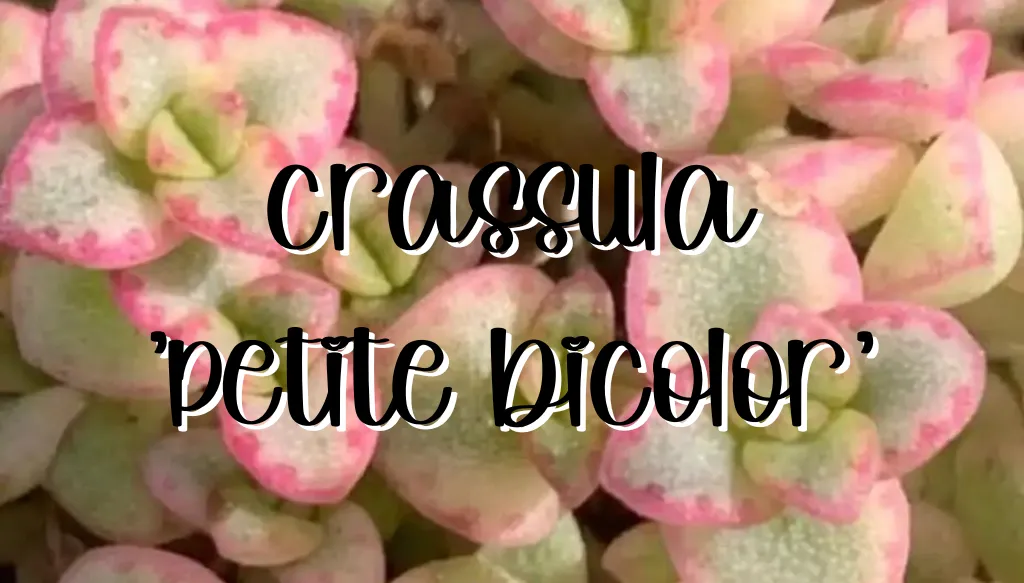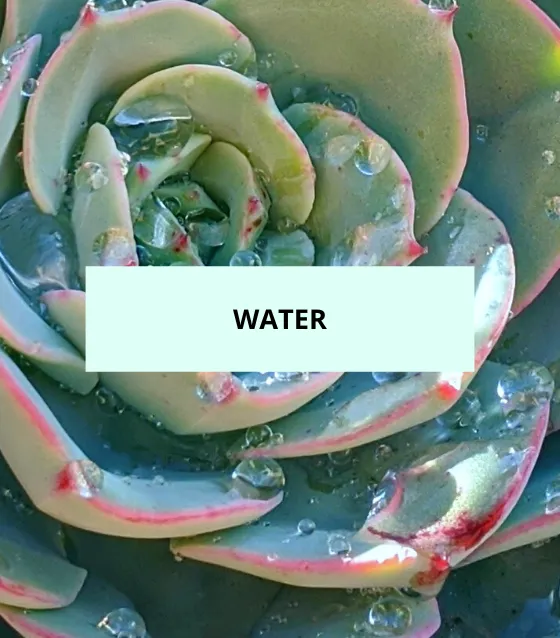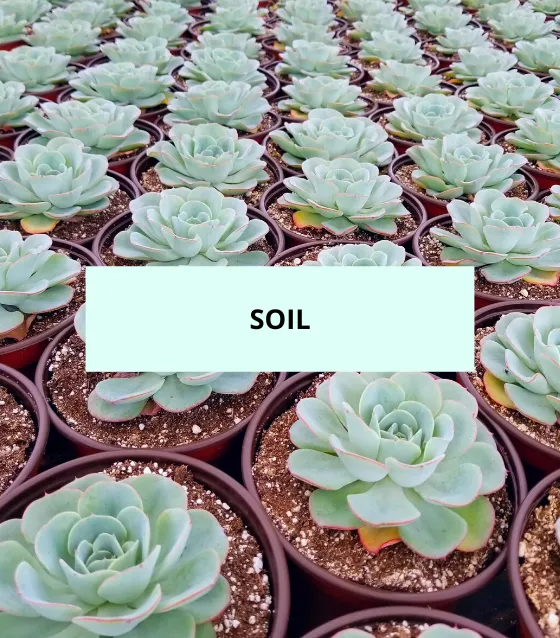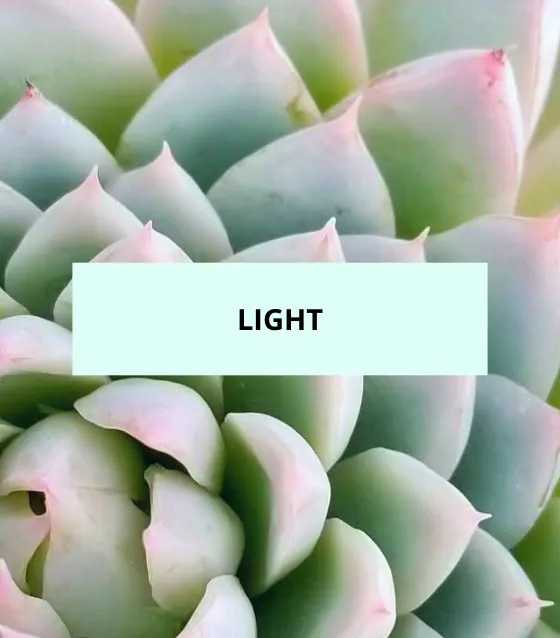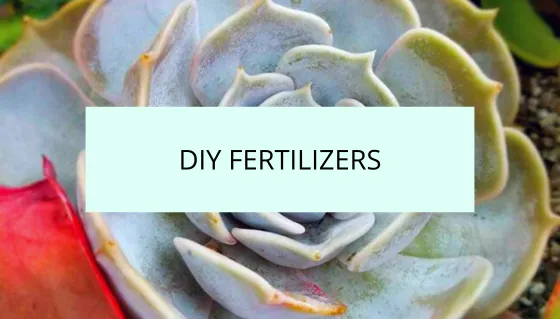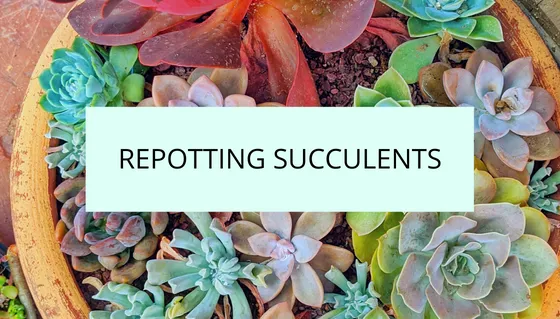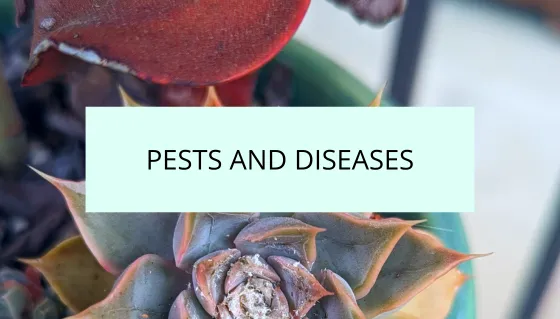Enrich your succulent collection with the charming Crassula ‘Petite Bicolor’, also known as Sedum ‘Little Missy’. This unique species is a favorite among succulent enthusiasts for its distinctive features and easy care requirements. Let’s dive into the details of this remarkable plant.
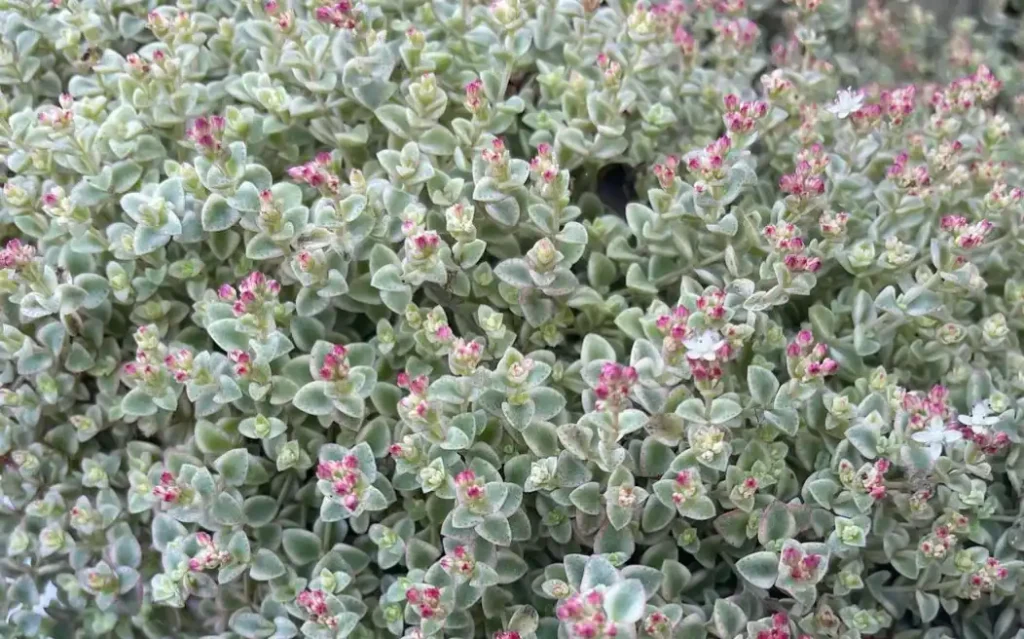
Dig in!
Physical Characteristics and Growth Pattern
The Crassula ‘Petite Bicolor’, or Sedum ‘Little Missy’, is a compact succulent with an enchanting appearance. It forms a dense mat of tiny, heart-shaped leaves that are variegated in green and cream shades, often with pinkish edges when exposed to bright light. These leaves offer an eye-catching contrast against its pale pink to white stems.
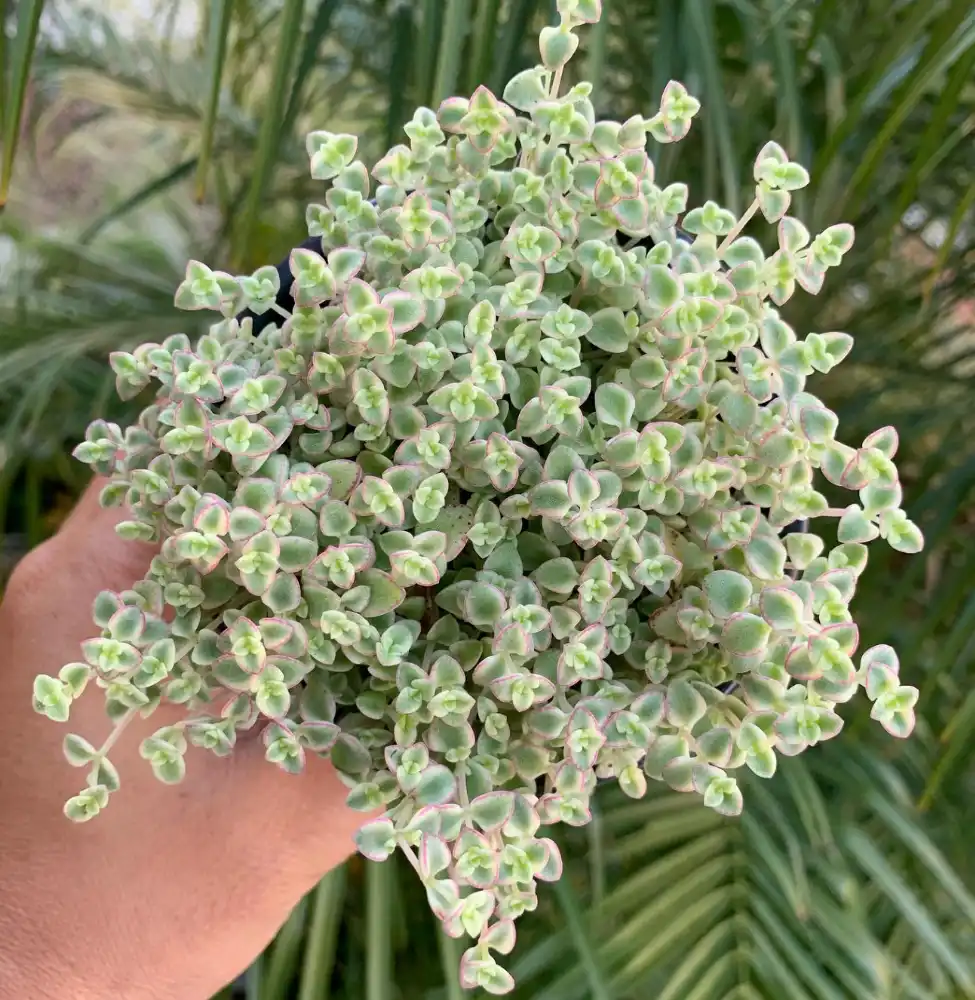
As for its size, this succulent stays relatively petite. Mature plants typically reach a height of about 2 to 5 inches tall and can spread to around 12 to 18 inches wide. Its small size and trailing habit make it an excellent choice for hanging baskets, rock gardens, or as an attractive ground cover.
Flowering and Bloom Time
The flowers of the Crassula ‘Petite Bicolor’ add another layer of visual appeal to this already attractive plant. They are star-shaped and range in color from pale pink to white. Each flower is tiny, but they bloom in clusters that create an impressive display.
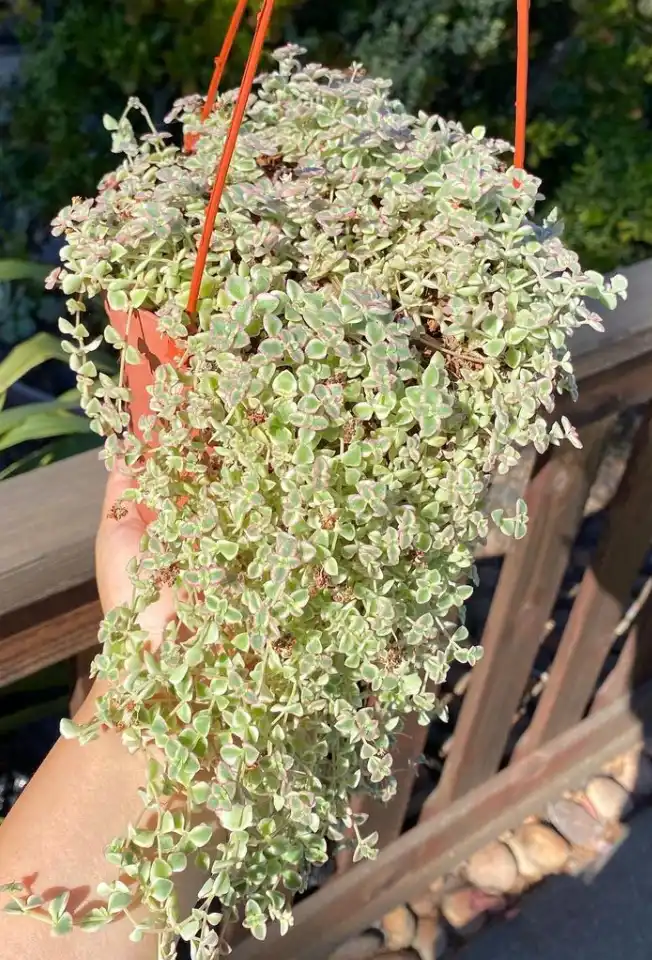
Bloom time for this succulent usually falls in the summer months. However, the exact timing can vary depending on the plant’s location and growing conditions. Adequate light exposure and optimal care can encourage more prolific blooming.
Toxicity to Pets and Humans
While the Crassula ‘Petite Bicolor’ is undoubtedly lovely to look at, it’s important to keep it out of reach from pets. This succulent is, unfortunately, toxic to both cats and dogs if ingested. The plant contains compounds that can cause vomiting, diarrhea, and other discomfort in pets.
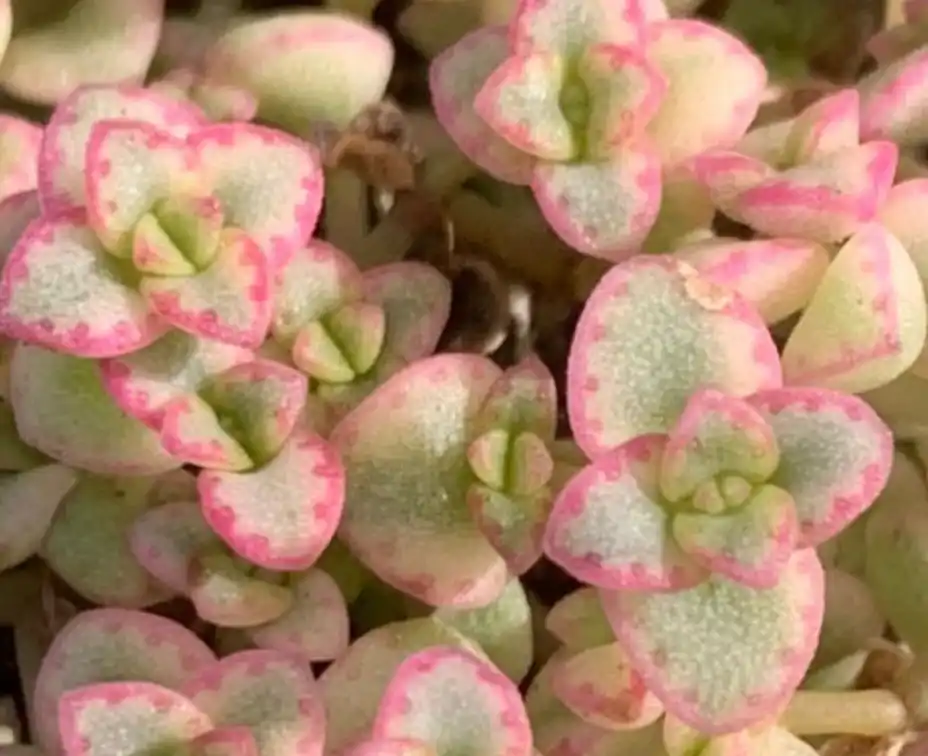
As for humans, there is no specific information indicating that the Crassula ‘Petite Bicolor’ is harmful if ingested. However, it’s always best to err on the side of caution when it comes to handling and consuming plants. Always wash your hands after handling your succulents, and avoid eating them unless you’re sure they’re safe for human consumption.
Crassula ‘Petite Bicolor’ Propagation
The propagation of the Crassula ‘Petite Bicolor’ is straightforward, making it a joy for experienced succulent growers and beginners alike. This succulent can be propagated by stem cuttings, or offsets.
For leaf and stem cuttings, carefully separate a stem from the main plant. Allow the cutting to dry for a few days until a callus forms over the cut surface. Once dried, place the cutting in a well-draining succulent mix and water sparingly until new growth appears.
To be quite honest, you can pick off some of the tender stems of this succulent and stick them in soil. They’ll root pretty quickly. I love using Crassula ‘Petite Bicolor’ as a filler in my succulent fountain.
Crassula ‘Petite Bicolor’, with its captivating appearance, easy care requirements, and straightforward propagation methods, is a delightful addition to any succulent collection. However, it’s essential to keep this plant out of reach from pets due to its toxicity. Enjoy the beauty and simplicity of this unique succulent while keeping safety in mind.

